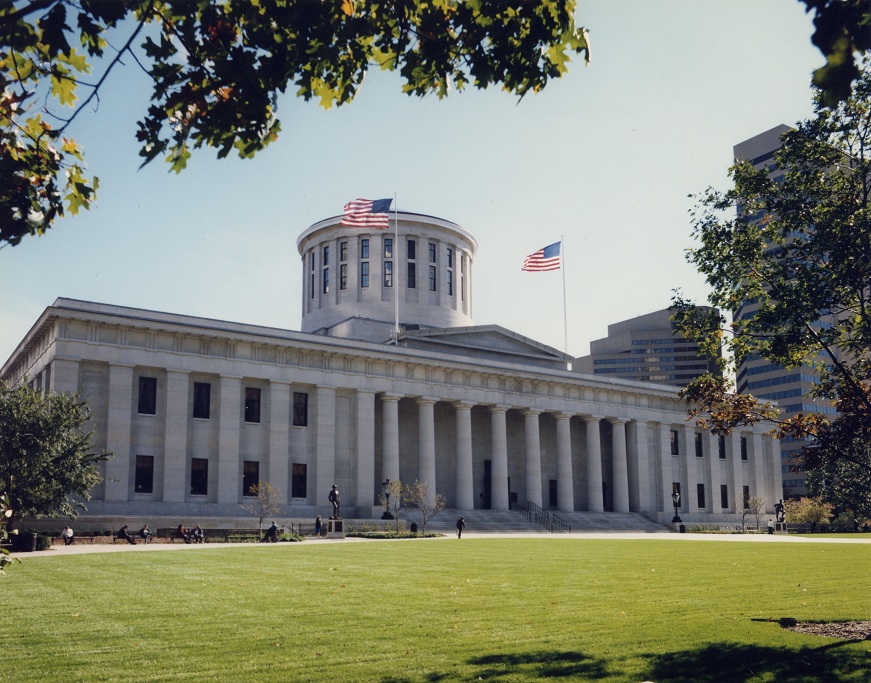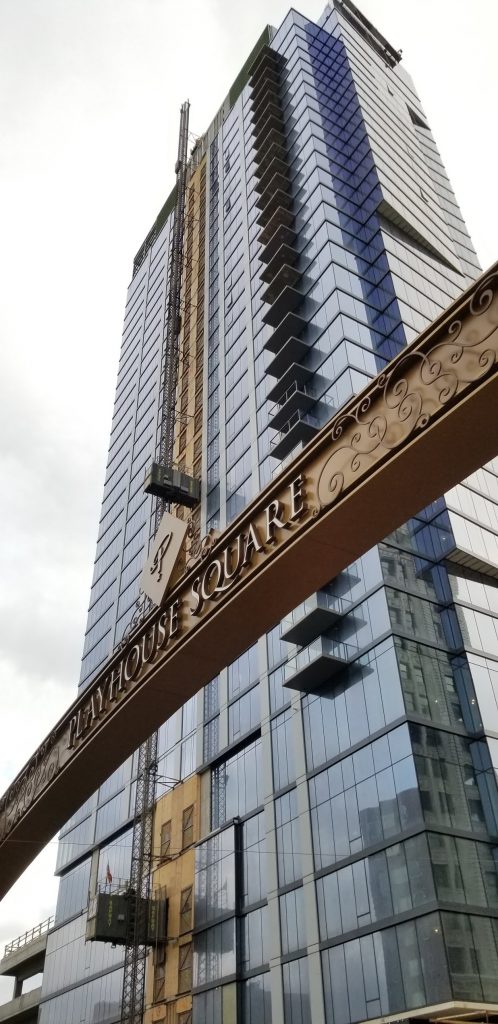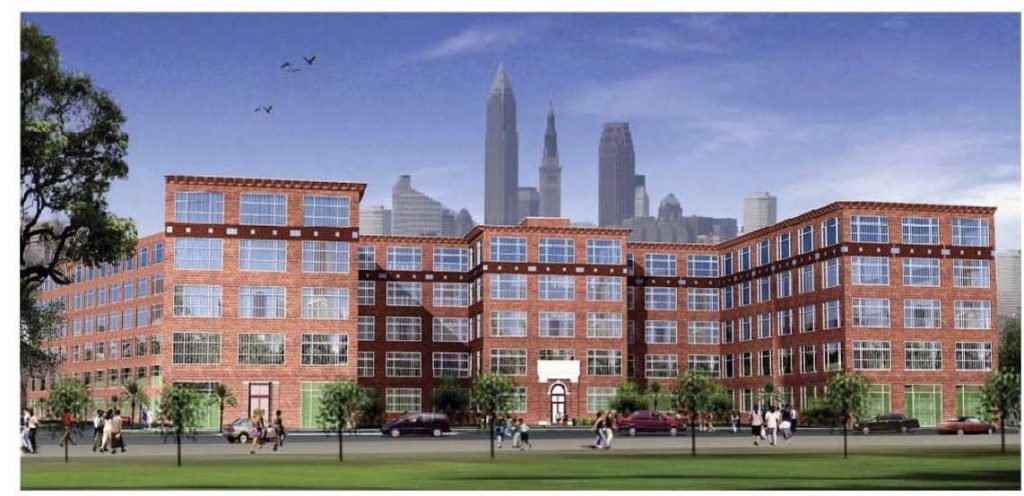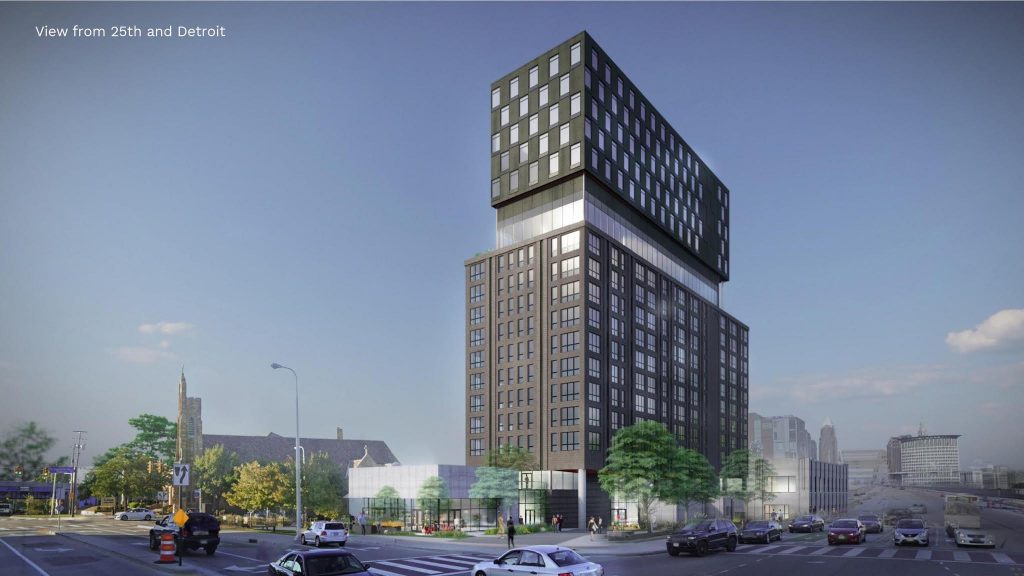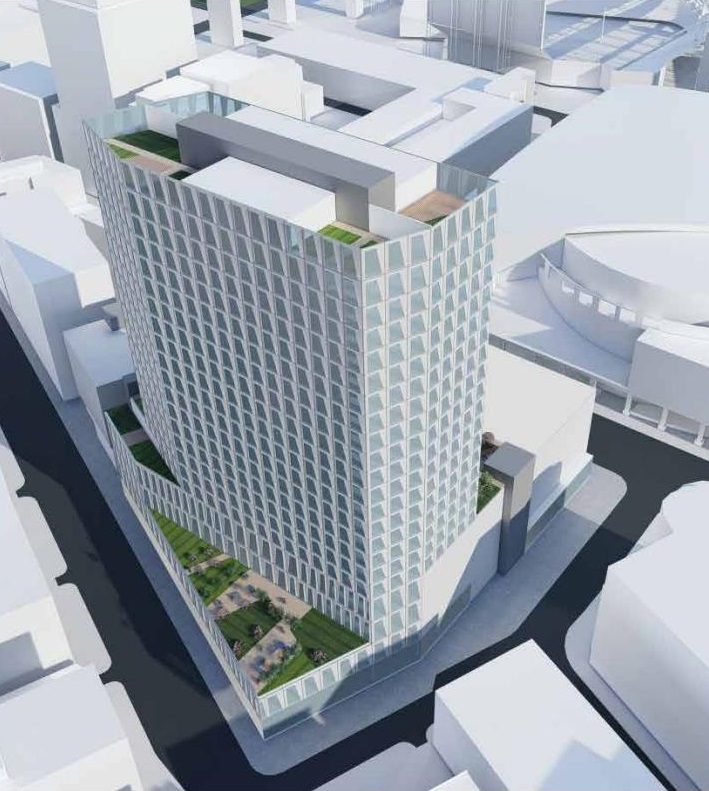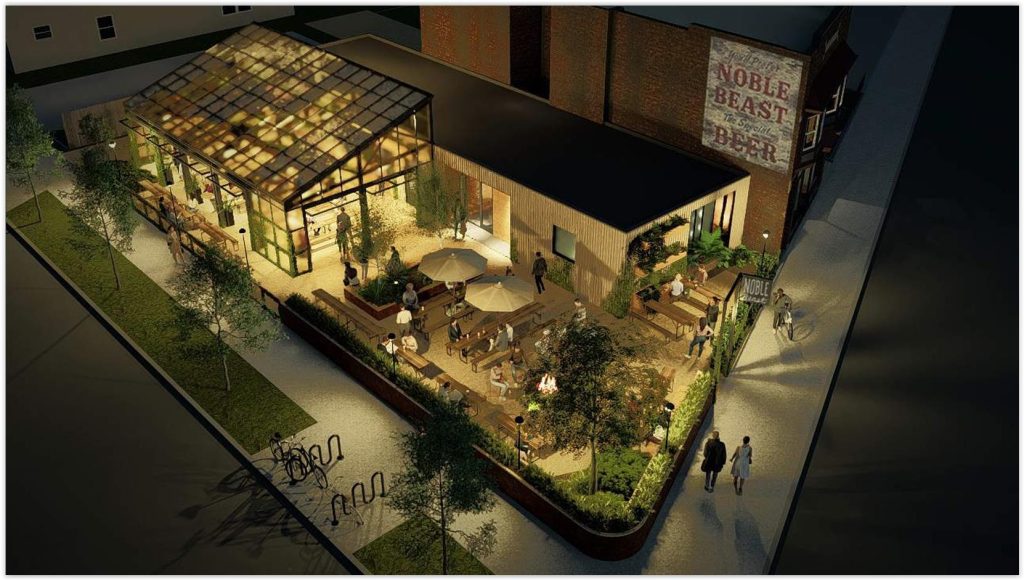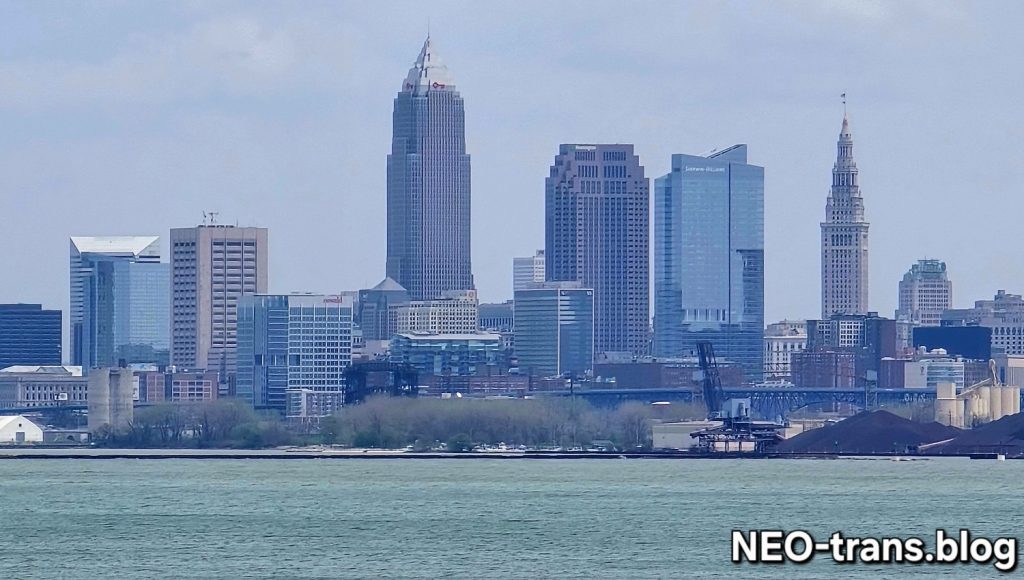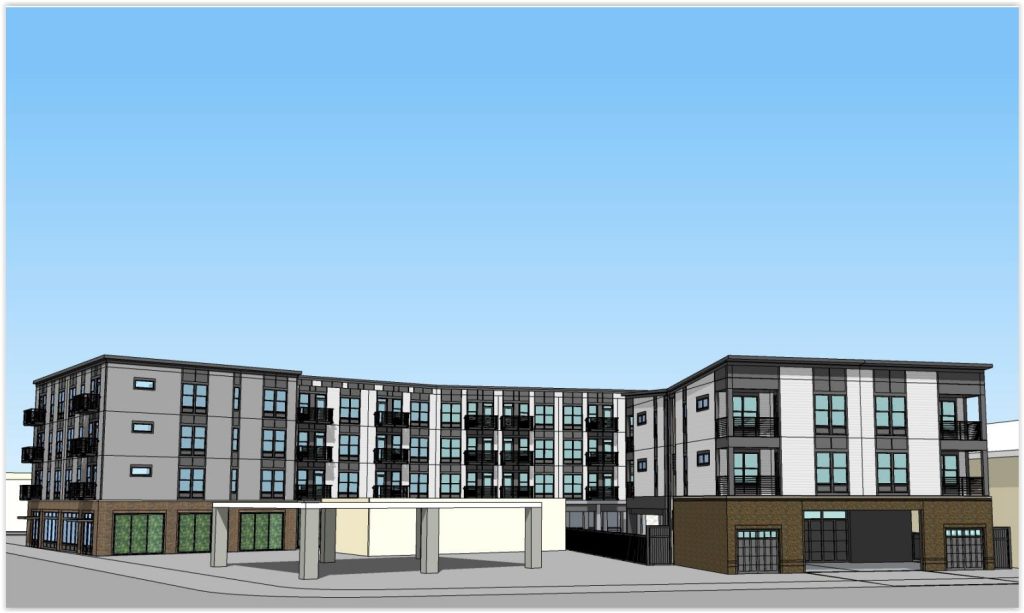** UPDATED MAY 2, 2021 **
After nearly five months since Senate Bill 39 was signed into law by Gov. Mike DeWine, the so-called megaprojects tax credit it authorized still isn’t a functioning program. Worse, it won’t be functioning before the end of the state’s current fiscal year ending June 30, a state official confirmed today.
Unless the program is extended, the delay will leave only two years or just half of the $400 million in authorized credits available for awarding over the program’s originally intended four-year lifespan. DeWine signed the Transformational Mixed Use Development (TMUD) tax credit program into law on Dec. 29, 2020.
It will provide $100 million per year in tax credits to large, complex real estate construction or renovation projects, mostly in Ohio’s large urban centers, having price tags of $50 million or more. The statute assigns administrative responsibility to the Ohio Tax Credit Authority, part of the Ohio Development Services Agency, to make TMUD credits available, review applications and award the credits according to agency rules.
Nearly five months later, on April 19, the Ohio Development Services Agency posted three pages of draft administrative rules for the TMUD program for the public to review and to submit comments. A public hearing on the proposed rules is scheduled for 9:30 a.m. May 26.
The state’s fiscal year, along with the state government’s two-year operating budget, or biennium, ends a month later. Todd Walker, chief communications officer for the Ohio Development Services Agency, confirmed the agency would not be able to start awarding TMUD tax credits before June 30.
“We expect the program will launch in the first quarter of fiscal year 2022,” Walker said. He added that the agency “is working diligently to make sure this program will be successful and have a positive impact on Ohio communities.”
“We’re still working through it,” said John Werkman, chief of the Ohio Development Service Agency’s Business Services Division during a monthly meeting of the Ohio Tax Credit Authority April 26. “The rules don’t cover everything. We’re trying to get the program ramped up as quickly as we can.”
But Walker noted that the legislature may extend the TMUD program’s authorization beyond its current sunset date of June 30, 2023 — the end of state fiscal year 2023 — to achieve the originally desired four years of program benefits.
“It is our understanding that the General Assembly is pursuing avenues to carry forward the tax credits allocated to the program for use in future fiscal years,” he said.
When asked if unused tax credits from prior fiscal years could be awarded in the present, Walker referred to the statute authorizing the TMUD program.
“The tax credit authority may not preliminarily approve more than $100 million of estimated tax credits in each of fiscal years 2020, 2021, 2022, and 2023,” Walker said in quoting the statute. “Meaning, that the approval of the tax credit amounts for projects by the authority is to be made in those fiscal years and limited to $100 million in each of those fiscal years.”
Not all TMUD-eligible urban core housing projects are located down-
town or in other hot city neighborhoods. Large, difficult restoration
projects like the Richman Brothers factory on East 55th Street
are located in low-income areas. Their reactivation will help
add businesses and jobs in those neighborhoods (LoopNet).
There is a carry-forward provision in the law which, the bill’s original sponsor Senator Kirk Schuring (R-29, Canton) said might allow the $100 million in tax credits in FY2020 and the current fiscal year to be awarded after June 30. But Walker disputed that.
“The carry-forward provision you referenced applies to the use of the credit by a person/entity that receives the credit, once a preliminarily approved project is completed, if the credit amount for the person/entity exceeds the applicable tax liability for the period the certificate is issued,” Walker said.
Prior to publication of this article, Schuring did not respond to a phone message, a text message and an e-mail seeking further comment, including whether he might seek corrective legislation to change the four-year TMUD program’s inaugural fiscal year from 2020 to 2022.
A TMUD credit cannot be claimed until the project, or a portion of a large project that is planned to be completed in phases, is completed. Thus, in any case, state officials said they do not anticipate revenue losses to the Ohio treasury before fiscal year 2022.
Since two years of the program can’t be used, up to $2 billion worth of real estate construction or renovation projects in Ohio’s cities may not happen. Or they may be scaled down in terms of their size and number of jobs created or they may face delays — barring the program’s extension.
There are dozens of projects just in Greater Cleveland that could tap into the TMUD program to fill in remaining gaps in their mix of construction financing resources, called a capital stack. NEOtrans identified up to 30 such projects, including nuCLEus whose developer Stark Enterprises came up with the idea several years ago for the TMUD program as a way of continuing the momentum of development in downtown Cleveland.
Most new residential inventory that’s been added in downtown Cleveland this century was carved out of historic buildings that were considered obsolete for modern commercial uses. State and federal historic tax credits completed their capital stacks to renovate and convert those buildings.
Since 1995, 31 residential developments in downtown Cleveland 10 stories or taller were completed and only five of those involved new construction – Crittenden Court Apartments, Pinnacle Condominiums, The Avenue District Apartments, The Beacon apartments and The Lumen apartments.
And, since 2006, seven 20+ story residential developments opened in downtown Cleveland. Only two of those involved new construction — The Beacon and Lumen. The others were a result of rehabilitating historic commercial buildings, the remaining supply of which is becoming constrained and/or involving much more expensive renovation projects like The Centennial at 925 Euclid Ave.
A third 20+ story residential tower is about to start construction — the City Club Apartments. It, like The Beacon, could be affordably built only because their developers did not have to build new parking garages for them.
The Lumen could be afforded because it was built by the nonprofit Playhouse Square Foundation which did not seek a financial return on its investment. And, it got millions of dollars in public subsidies to fund construction of a new garage.
Yet there remains an unmet demand for downtown housing. The Downtown Cleveland Alliance estimates that demand amounts to 6,800 residential units by 2030 which would equal another 21 Lumen-sized apartment towers to meet that demand.
“This (historic tax credit) program has encouraged our urban areas to preserve their historic buildings, which is what gave our cities their character, and now we need to complement that character with a program that will allow our cities to set the stage for their futures, said Steve Coven, Stark Enterprises vice president of real estate development.
Real estate experts have informed NEOtrans in the past that meeting the demand for urban core housing calls for access to the maximum amount of TMUD credits. This public funding will help investors and builders overcome Greater Cleveland’s relatively high construction costs and low rents.
“This is obviously disappointing,” said Tim Jackson, director of Integra Realty Resources Cleveland. “I would hope the legislators are aware of this and carry forward the $200 million. In Cleveland, as well as many Ohio communities, financial feasibility is typically difficult to achieve with our current lease/rent levels. Add in the rise in construction costs and its really a double whammy for Northeast Ohio. These types of mega projects can be a catalyst for surrounding development and really help improve the immediate area.”
“There seems to be so many projects in Cleveland that are so close to the finish line financially,” said Zak Baris, president of Comprehensive Zoning Services, a real estate due-diligence firm. “This (TMUD program) would help complete the equity gap for numerous projects that couldn’t previously work.”
END

